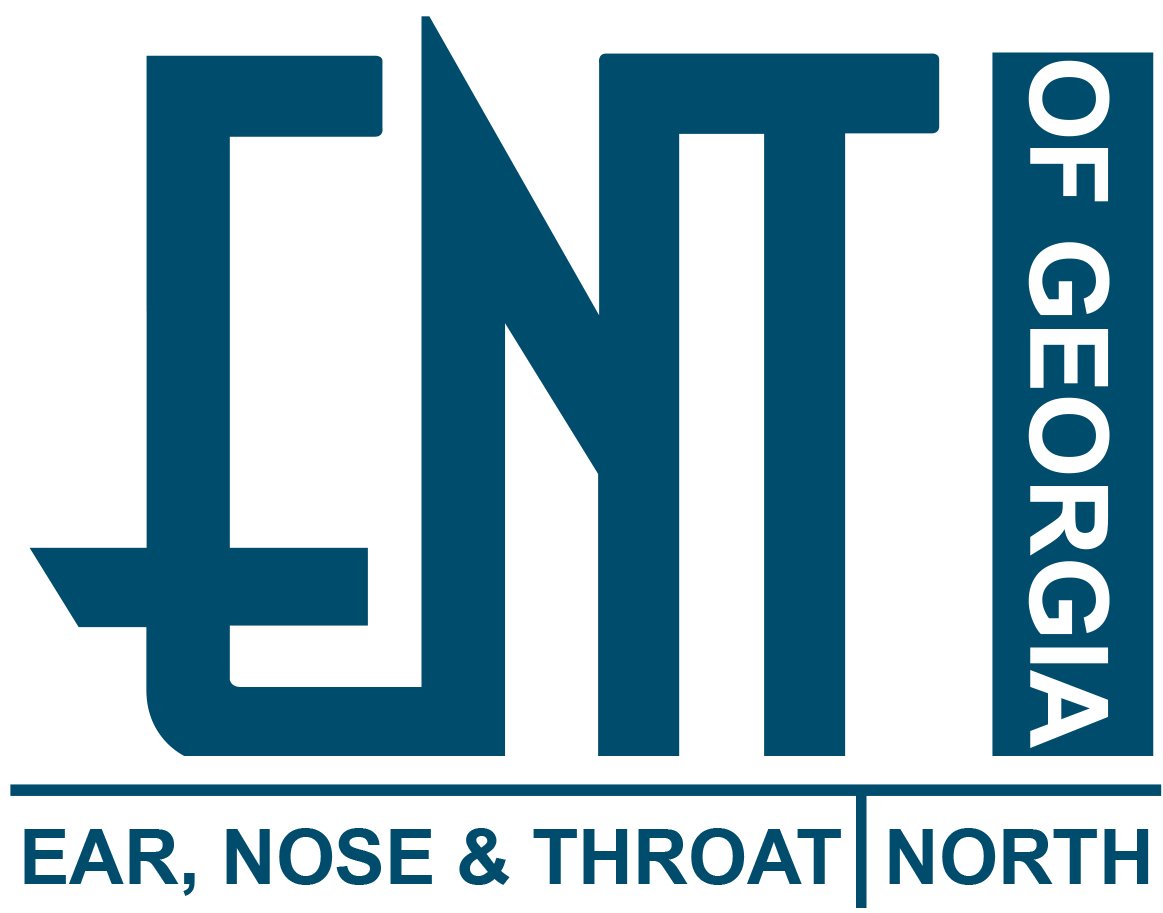Why am I so stuffy?
Nasal obstructions are blockages of the nasal cavity that impede airflow in and out of the nose. Either one or both nostrils may be affected. Most nasal obstructions are temporary, caused by colds, allergies, sinus infections, or medications, while others require medical intervention. These can contribute to snoring, taste and smell disturbance, and breathing issues during sleep and exercise.
Types of Nasal Obstruction
There are several different types of nasal obstruction. These include:
Deviated nasal septum. The nasal septum is the wall-like structure that divides the left and right nostrils. A deviated septum refers to one that is not straight and impedes airflow. Itt is estimated that 80 percent of people have septal deviations to some degree. Symptoms include difficulty breathing through the nose (especially one nostril) . If the septum is deviated enough though, an operation to repair the deviated septum can come as a great relief. Nasal septal operations are best performed when someone is either well into their purbertal growth spurt, or finished growing.
Inferior turbinate hypertrophy. The nasal cavity contains bony structures called turbinates. These are susceptible to irritation from allergies and dust, which cause swelling and breathing difficulties. Medical treatments include allergy treatment, nasal steroids, anticholinergics, and surgery for worst of cases.
Choanal atresia. This is a congenital defect in which the back of the nose does not open. Patients born with blockages on both sides usually have operations before they go home from the hospital. A person can have a blockage on a single side as well. These are usually repaired, but on a less urgent basis.
Nasal polyps. These benign growths that occur on the mucosal lining of the nasal passages. They are typically small and though noncancerous can still cause obstructions of the sinuses, leading to congestion, breathing problems and sinus infections. Medical evaluation, including for allergic and immune dysfunction is performed. Surgery can be utilized to removed the obstruction caused by polyps.
Foreign objects in the nose. Most cases of foreign objects in the nose occur in toddlers and children. Common objects include food material, tissue paper, beads, toys and rocks. A disc battery in the nose is an emergency.
Oversized adenoids. Adenoids are tonsil tissue that reside in the back of the nose. All children have them, but they go away sometime between 10 and 24 years of age. While normal sized adenoids are an expected finding, larger adenoids can contribute to snoring, sleep apnea, chronic nasal drainage, and sinus infections.They can .
Swelling of the nasal lining due to allergies. Allergies are the result of the immune system’s response to a harmless substance. When an allergen is encountered, antibodies are produced, which in turn triggers the release of chemicals called histamines. The release of histamine is responsible for the telltale symptoms of allergies, including swelling of the nasal lining.
Call Dr. Sipp at (404) 591-1426 for more information or to schedule an appointment.

